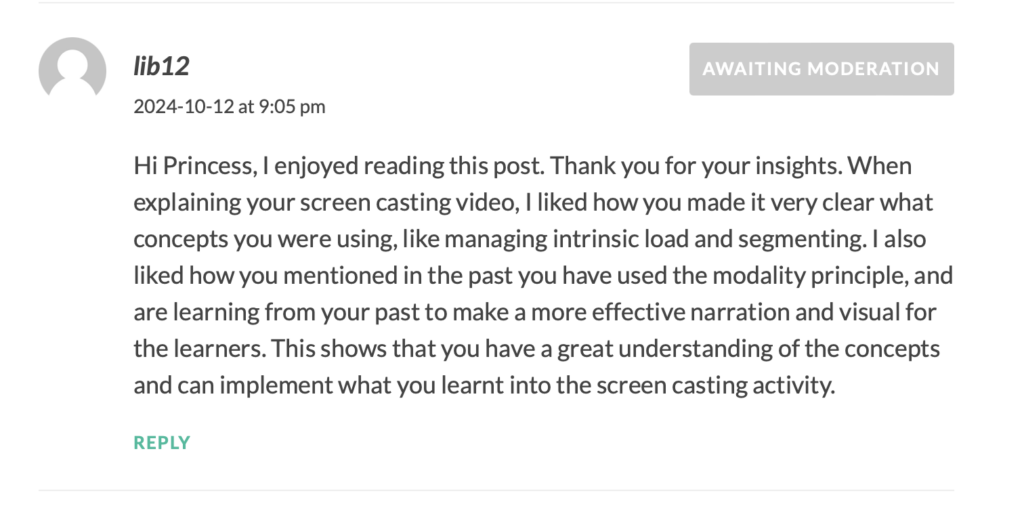
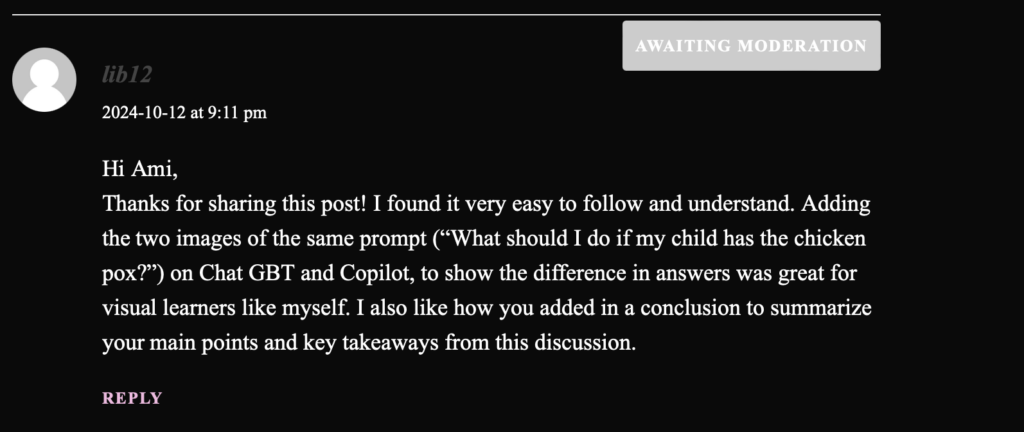
Multi Media Learning


For this module I decided to explore the generative AI tool Craiyon. I use LLMs like ChatGBT on occasion for creative inspiration when working on personal projects/artistic hobbies, but have never really explored other types of generative AI tools, like the ones listed in module two. Craiyon would be great for educators, and visual learners.
When using ChatGBT I sometimes would generate images, although would get frustrated because I could only generate three free images per day. For this reason, I found Craiyon useful because I could generate as many free images as I wanted and the AI tool would also give me a bunch of inspiration photos at the bottom of the page I could use to make my next image prompt if I wanted.
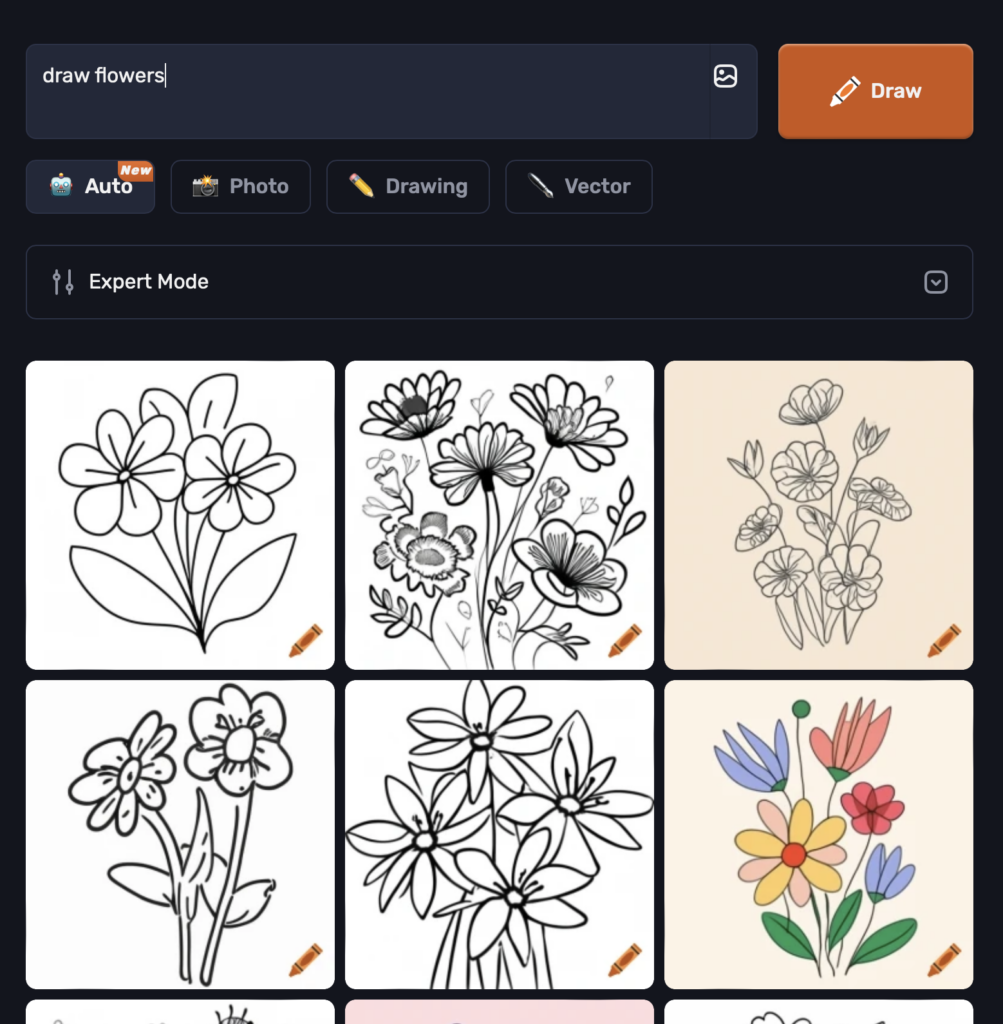
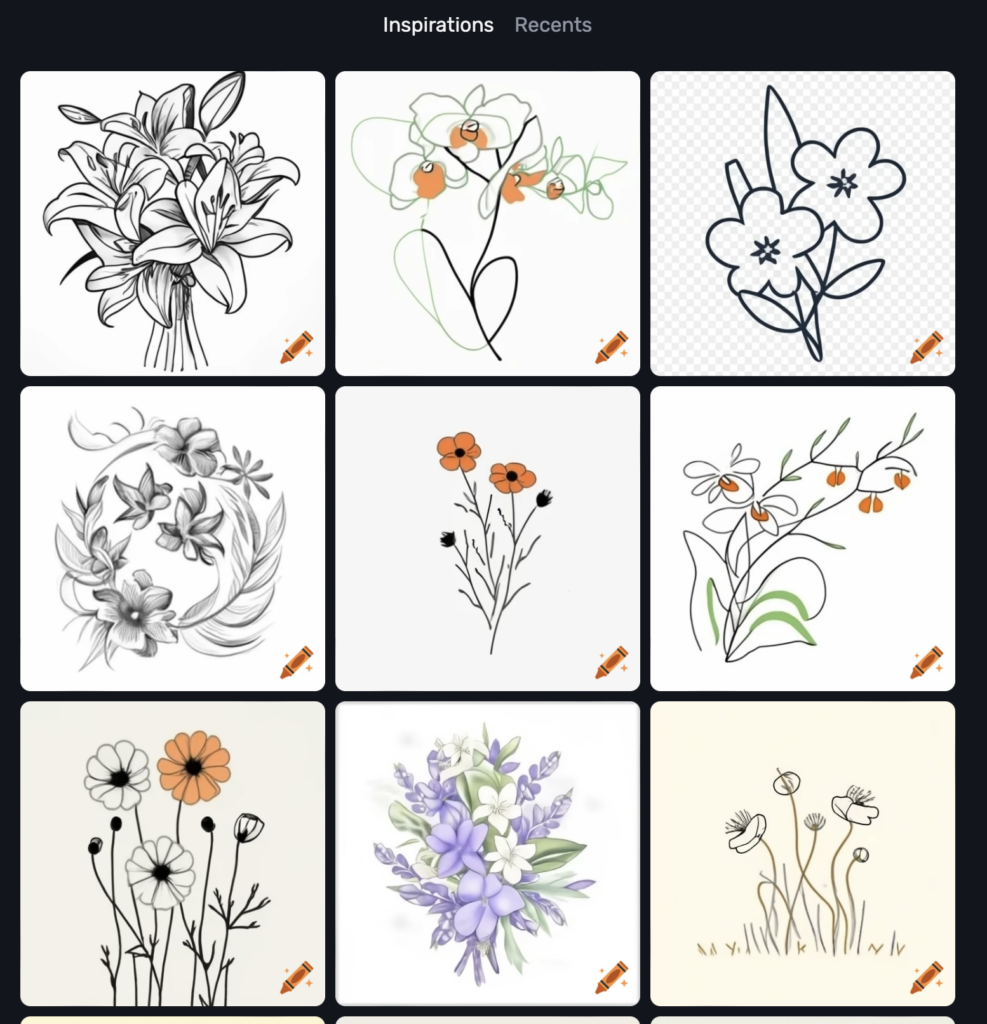
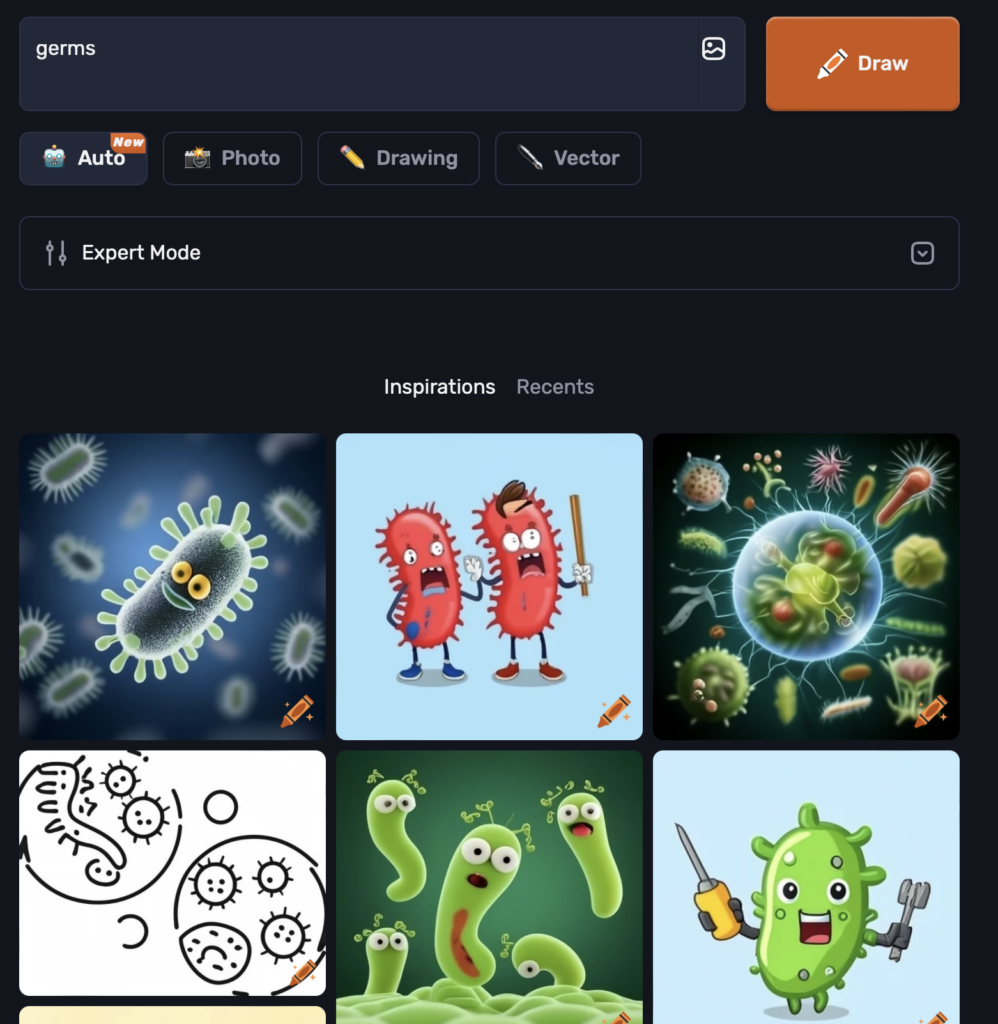
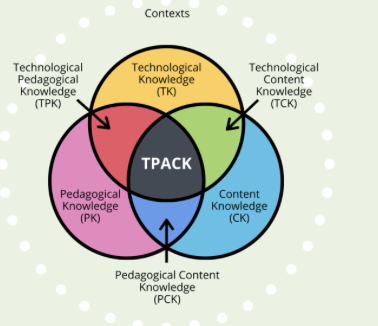
While all the information from this analysis was very beneficial, TPACK itself was the hardest to assess because it is a interaction of all three domains (technology, pedagogy, and content). After having a good understanding on each of the separate domains, then I could assess TPACK.
The analysis of Craiyon as a learning tool reveals that it can engage visual learners, promote creativity, and is versatile across all subjects. Although, I believe the images lack accuracy and quality. Some of the prompts I put in like (photosynthesis), lead to a misunderstanding and mis-use of images. The quality of images I could generate off ChatGBT were a lot more detailed and better quality than the images off Craiyon. Craiyon would be a great learning tool for early primary school educators who would not be teaching any complex subjects.
Craiyon. (n.d.). [AI Generated Image of Germs]. Retrieved [October 11th, 2024], from https://www.craiyon.com
Craiyon. (n.d.). [AI Generated Image of Draw Flowers]. Retrieved [October 11th, 2024], from https://www.craiyon.com
OpenAI. (2024). ChatGPT (v2.0) [Large language model]. Craiyon TPACK analysis. Retrieved October 11, 2024, from https://openai.com/chatgpt
Mayer’s Cognitive Theory of Multimedia Learning focuses on how people learn from both words and pictures, and it’s key principles are great tools for teachers to incorporate when teaching.

Out of all of the principles of cognitive theory of multimedia I looked at, dual coding theory was the one I resonated with the most. This theory suggests that we have two distinct channels through which we can process information at the same time. We have a visual channel used for processing images, diagrams, videos and written text, and we have a auditory chanel that processes spoken words and sounds.
Personally for me when learning, I find it very useful to be able to connect what I am verbally learning to an image or video. For instance in my art therapy exercise, I explained how to use Pinterest to make your vision board while also using images on the app to show how to do the task. This way the learner will use their visual channel and auditory channel.
The principle that surprised me the most was cognitive load theory. This theory proposes that different types of memory have limited capacities. Overloading these capacities leads to inefficient learning. I didn’t realize that this was a legitimate theory, although it does make sense. I have experienced this firsthand when having to read 40 page chapter’s for homework, and retain the information. I feel as if I can barley retain any of the information and feel overwhelmed. Now I realize this is because I am overloading my memory which leads to my ineffective learning. Something to stay away from doing while teaching.
I kept in mine this principle when screencasting because in my art therapy exercise I made sure to talk about the key aspects and reasoning of the exercise without overwhelming the learners to a point it was too much to retain all that was said.
For my art therapy exercise I was screencasting using Zoom. This way my learners could see myself speaking and also visually see how to create a vision board using Pinterest.
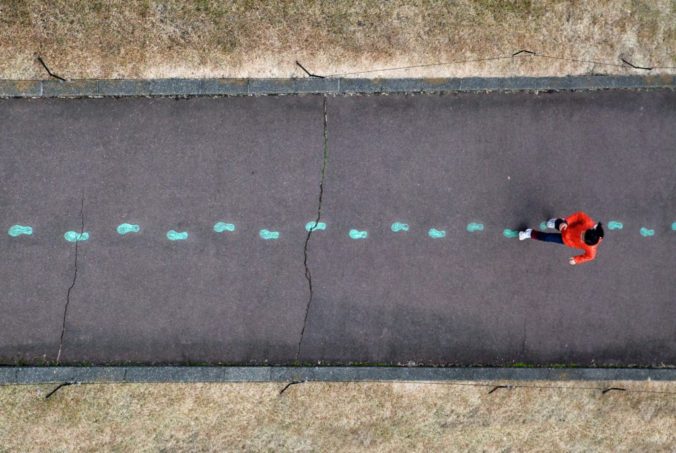
Before proceeding with this first blog post, we expect you to consider your privacy preferences carefully and that you have considered the following options:
First tasks you might explore with your new blog:
Do consider creating categories for each course that you take should you wish to document your learning (or from professional learning activities outside of formal courses). Keep note, however, that you may wish to use the course topic as the category as opposed to the course number as those outside of your program would not be familiar with the number (e.g., we use “Multimedia Learning” instead of “edci337).
Lastly, as always, be aware of the FIPPA as it relates to privacy and share only those names/images that you have consent to use or are otherwise public figures. When in doubt, ask us.
© 2025 edci337uvic12
Theme by Anders Noren — Up ↑
Recent Comments